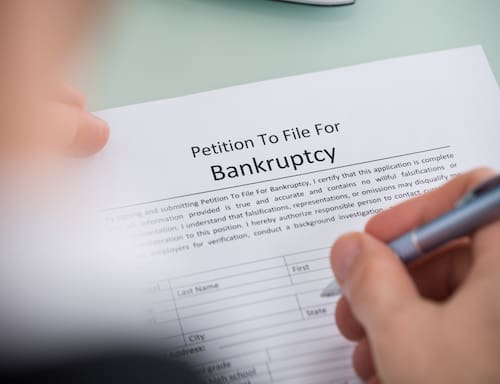Filing for bankruptcy can discharge many of your debts and provide you with an opportunity for a fresh financial start. Many individuals do not know what to expect, and as a result, are reluctant to pursue bankruptcy. While working with our bankruptcy attorney, you’ll not only be represented by a highly experienced attorney, you will always be kept abreast of what is required of you as we advance through the bankruptcy process.
Provided below, is a brief overview of the stages in a bankruptcy proceeding:
- Pre-bankruptcy financial counseling: Before you can file for bankruptcy, you will be required to meet with a government-approved credit counselor. During this initial meeting, your credit counselor will discuss your bankruptcy options, and help you create a budget plan based on your current financial situation. This is designed to help you decide whether you really need to file for bankruptcy, or if another option may be better suited for you.
- Filing the initial paperwork: Next, your attorney will help you file the initial paperwork. This filing is complex, and you will be required to provide documentation of your current financial situation; income, assets and debts. Upon completion of the paperwork, your attorney will file your petition with the bankruptcy court, after reviewing it with you. This begins the official case timeline.
- Review and automatic stay: Upon receipt the initial filing, the court will review your paperwork and grant an automatic stay. An automatic stay prevents creditors from harassing you to collect on your debts to those creditors during the bankruptcy proceedings.
- Meeting of the creditors: The court and the bankruptcy trustee assigned to your case will schedule for a meeting of the creditors, where you, your attorney and your bankruptcy trustee will meet with any creditors who attend. If you elect to file for Chapter 13 bankruptcy, a three to five-year repayment plan will be formulated. If you elect to file for Chapter 7 bankruptcy, the bankruptcy trustee will review all of your assets to make sure they’re exempt.
- Debtor education course: Next, you will be required to complete a debtor education course. These courses are often available online, and take a few hours to complete. The courses are designed to teach you how to properly manage your money, so that you do not find yourself in a similar circumstance down the road.
- Notice of discharge: When your case is finished, and your debts are discharged, you will receive a notice of discharge. The timing of this notice depends on whether you file for Chapter 7 or Chapter 13.
After the initial filings, the bankruptcy process is easier than you may think. Working with our skilled bankruptcy attorneys can make it even easier. For help with your bankruptcy case, call Dworken & Bernstein today.







